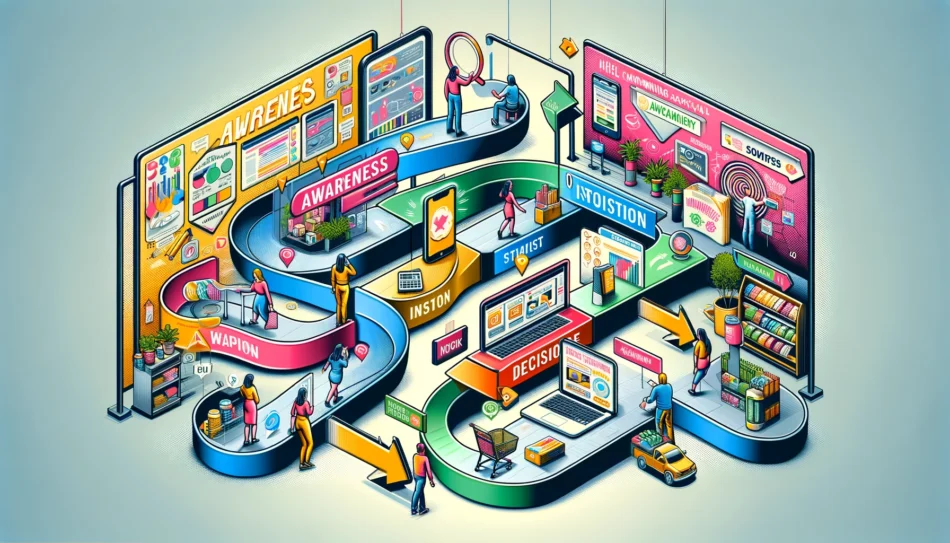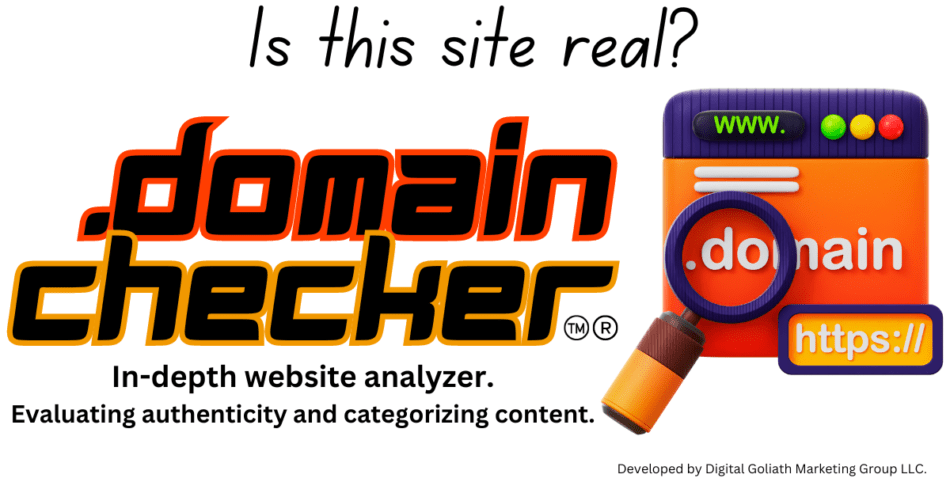Integrated Marketing: The Fusion of Tradition and Innovation
In the ever-evolving world of marketing, staying ahead isn’t just a benefit—it’s a necessity. As we navigate through 2024, we see integrated marketing continues to stand out to be the best approach for companies, combining both traditional and digital strategies.
This method will ensure a consistent message across multiple channels, fostering a stronger connection with consumers. Whether you’re a seasoned marketer or a curious newcomer, understanding the synergy within integrated marketing can significantly amplify your reach and impact. SEO is never the ‘all in’ solution for marketing of course, using everything in your arsenal is key.
Let’s dive into the ever changing, dynamic world of integrated marketing, exploring both its timeless tactics and the cutting-edge trends that are shaping the future. We will cover some new, and old proven methods of driving a successful campaign.

The Backbone of Integrated Marketing
What is Integrated Marketing?
At its core, integrated marketing is about creating a seamless experience for consumers across all platforms. This approach leverages various forms of communication, including digital media, direct mail, television, radio, and in-person interactions, ensuring that all messaging and marketing efforts are consistent and complementary to each other. The best way to success is to use these key components.
Key Components:
- Consistency: Same message, different platforms.
- Coherence: All parts of the message work together smoothly.
- Continuity: Marketing efforts are sustained over time to build customer relationships.
- Complementary: Different marketing activities enhance each other.

The Importance of a Unified Message
A unified marketing message helps prevent consumer confusion and reinforces your brand identity. It ensures that, whether a customer sees your advertisement on social media or receives an email, the core message and the feel of your brand remain consistent.
This consistency builds trust and reliability, which are crucial for customer retention and acquisition.
Classic Strategies That Still Work
Even as the digital landscape grows, some traditional strategies remain effective and important. Here’s why they’re still part of the mix:
- Direct Mail: Believe it or not, physical mail can still cut through the noise of digital messages. It’s tangible and can be personalized, which can make a memorable impact.
- Broadcast Media: TV and radio are excellent for reaching a broad audience. They’re especially effective in local markets and can drive significant brand recognition.
Pro Tip: Combine these traditional methods with digital analytics to measure impact and refine strategy—old meets new!

Trending Tactics in Digital Integrated Marketing
As we look to the future, digital techniques are becoming increasingly sophisticated. Here are some of the top methods transforming integrated marketing today:
- AI-Driven Personalization: Advanced algorithms can now predict customer preferences and behaviors, allowing marketers to craft messages that resonate deeply on an individual level.
- Influencer Collaborations: Pairing with influencers (we can help you with that); who align with your brand can amplify your message authentically and tap into already engaged audiences.
- Interactive Content: Quizzes, polls, and interactive videos engage users more deeply, encouraging active participation rather than passive consumption.
The Role of Data and Analytics
Data is the lifeblood of effective integrated marketing. It informs every decision, from which channels are performing best to what content resonates with audiences.
This next section gets a bit long, but there is some great information coming up. Read it, save the page in your favorites if need be… and continue on.
- Real-Time Analytics: You need tools that provide immediate data can help you quickly adjust campaigns for maximum effectiveness. Here are a few options of tools for you, there are a lot more than these top ones.
- Google Analytics Real-Time: Offers insights into website traffic, including active users, engaged pages, and immediate effects of marketing campaigns.
- Mixpanel: Provides event tracking and user engagement metrics in real time, allowing businesses to understand how users interact with their apps and websites.
- Kissmetrics: Focuses on tracking individual visitor behavior across devices, giving insights into user journeys and conversion rates.

- Customer Journey Mapping: Understanding the paths customers take from awareness to purchase allows marketers to better align their strategies across all touchpoints. Here are the best ways to get this done.
- Define Your Buyer Personas: Start by understanding who your customers are. Create detailed buyer personas based on demographics, behaviors, needs, and motivations.
- Identify Key Touchpoints: Determine where your customers interact with your brand. This could include social media, your website, email, customer service interactions, and physical locations.
- Gather and Integrate Data: Collect data from various sources to understand how customers move through your sales funnel. Use analytics tools, customer feedback, and sales data to get a comprehensive view.
- Map the Customer Journey: Create a visual map that outlines each step of the customer journey, from first contact through to post-purchase. Include potential pathways and decision points.
- Highlight Moments of Truth: Identify critical moments where customers make key decisions—these are your opportunities to positively influence the customer’s experience.
- Assess Pain Points: Look for areas where customers might experience frustration or confusion, and pinpoint opportunities for improvement to enhance the customer experience.
- Optimize Touchpoints: Ensure each touchpoint is designed to meet the needs of the customer effectively. This could involve streamlining processes, enhancing content, or improving service interactions.
- Align Departments: Make sure that all departments (marketing, sales, customer service, etc.) understand the journey map and their role in each phase. Consistency across departments can greatly improve the customer experience. We have an article on ‘How to Align Departments’ here.
- Continuously Update the Journey Map: As you implement changes and learn more about your customers, update your journey map. Customer preferences and behaviors change over time, so your map should evolve as well.
- Leverage Insights for Strategy Development: Use the insights gained from the journey map to inform your marketing strategies, ensuring they are targeted and effective at each stage of the customer journey.

Combining the Old and the New
The magic of integrated marketing lies in its ability to blend traditional and digital methods into a cohesive strategy. For instance, a campaign might start with a catchy TV ad that directs viewers to an online quiz. The results of the quiz can then be used to send personalized emails with offers tailored to the user’s preferences.
Embracing the Future of Integrated Marketing
Integrated marketing isn’t just about using multiple channels; it’s about creating a harmonious marketing symphony that plays the right notes at the right time.
By staying adaptable, leveraging new technologies, and remembering the power of personal touch, marketers can look forward to not just reaching their audience, but moving them.
Remember: The future of integrated marketing is bright, and by embracing both new tools and proven tactics, your brand can shine brighter than ever. Ready to embark on your integrated marketing journey? Let’s make some waves together!
We hope this article helps to equip you with an understanding of integrated marketing’s depth and breadth. By using tried and true tactics with innovative methods, you will have some good measured sucess in your efforts.


